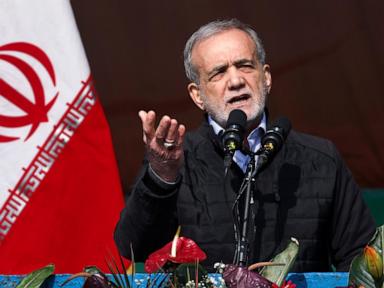The Trump administration’s unprecedented decision to deny a delivery of water to Mexico is raising alarm among experts, who fear it could jeopardize future cross-border negotiations in an increasingly thirsty region.
The refusal, which marked the first such rejection in 81 years, pertained to a special request from Mexico for the transfer of additional Colorado River water to the city of Tijuana. Defending this decision, the U.S. State Department accused Mexico of failing to uphold commitments to Texas included in a 1944 water-sharing treaty.
Stephen Mumme, a political scientist at Colorado State University, characterized the move as both irrational and potentially harmful.
Mumme, who is also a nonresident fellow at Rice University’s Baker Institute for Public Policy, said that if he was one of the seven Colorado River basin state commissioners, he would be “really ticked off right now,” as those states are in the throes of long-term renegotiations with Mexico regarding their shared resource.
“This is not designed to encourage Mexican cooperation, and Mexico can drag its feet in any number of ways,” he added.
Through the 1944 treaty — which focused on the “utilization of waters of the Colorado and Tijuana rivers and of the Rio Grande” — the U.S. pledged to convey Colorado River water to Mexico, while Mexico agreed to make deliveries to the U.S. from the Rio Grande.
The treaty also created the joint International Boundary and Water Commission (IBWC), which is responsible for managing shared water deliveries and associated infrastructure.
Mexico is entitled to 1.5 million acre-feet of Colorado River water each year, in line with the artery’s historic flow of from Colorado to the Gulf of California in the Mexican state of Sonora.
For context, U.S. Colorado River basin states are entitled to 15 million acre-feet, and the average American household consumes about 1 acre-foot of water annually.
Regarding the Rio Grande, the 1944 treaty directs Mexico to deliver 1.75 million-acre feet to the U.S. over the course of a five-year distribution cycle — with the proviso that Mexico can carry over deficits from one cycle to the next. Over the years, the country has accrued considerable Rio Grande water debt and has fallen behind on its water-sharing payments.
The U.S. State Department harped on this point last week, posting on the social platform X that Mexico’s shortfalls “are decimating American agriculture.”
But Mumme maintained Mexico is “absolutely compliant with the treaty,” which allows for “extraordinary drought” and enables the countries to agree on mutually acceptable emergency measures.
As of December, about 55.4 percent of the Rio Grande basin was experiencing what the North American Drought Monitor classifies as “moderate to exceptional drought.”
Data from the IBWC shows that from the October 2020 beginning of the current five-year cycle to present day, Mexico has delivered 488,634 acre-feet of water total. This amounts to just 28 percent of Mexico’s total ...













